The Saba Saba protests, commemorated every year on July 7, were first held on July 7, 1990. These demonstrations, which took place across the country, are credited with paving the way for many of the political freedoms Kenyans enjoy today.
At the time, Kenya was under a one-party dictatorship led by President Daniel arap Moi. Several political leaders, civil society actors, and religious figures were pushing for the reintroduction of multi-party democracy, which had been outlawed in 1982.
Their calls came amid shifting global politics, as countries around the world moved toward democratic governance. Pressure from both local activists and international partners eventually forced President Moi to repeal Section 2A of the Constitution, which had declared Kenya a one-party state. This repeal laid the groundwork for the return of multi-party politics.
This article highlights some of the key individuals who were instrumental in the 1990 Saba Saba protests and are still alive today:
Faces Behind Saba Saba Protests
Gitobu Imanyara
Gitobu Imanyara was one of the political leaders who played a significant role in the Saba Saba protests. As the publisher of the Nairobi Law Monthly, he used the publication to advocate for multi-party democracy. In 1990, he released a special issue titled “The Historic Debate: Law, Democracy, and Multi-Party Politics in Kenya,” which directly criticized Moi’s one-party rule.
The issue was declared seditious, and Imanyara was arrested and detained without trial just days before the protests. He was a member of the “Young Turks,” a group of outspoken lawyers and activists that included James Orengo, Paul Muite, Kiraitu Murungi, and Mukhisa Kituyi, who joined forces with seasoned politicians like Kenneth Matiba, Charles Rubia, and Martin Shikuku to advocate for democratic reforms.
James Orengo
James Orengo, now the Governor of Siaya County, was another key figure in the 1990 protests. As a lawyer and member of the Young Turks, Orengo played a major role in mobilizing support for political reforms and challenging the authoritarian regime.
Also Read: Today in History: Patrice Lumumba Forced to Eat His Speech Before Being Assassinated
Despite a government ban on the July 7 rally and the arrest of many activists, Orengo and other leaders pushed forward, demanding constitutional reforms and civil liberties.
John Khaminwa
John Khaminwa, is a renowned human rights lawyer who also played a critical role in Saba Saba protests. He represented organizers of the protests including Kenneth Matiba and Charles Rubia, who had called for the pro-democracy rally at Kamukunji Grounds.
On July 4, 1990, following their arrest, Khaminwa went to Nairobi Area Police Station with lawyer Japheth Shamalla to inquire about their whereabouts. It turned out to be a trap—he was arrested and detained as well.
Njeru Kathangu
Njeru Kathangu, a former Runyenjes MP, was closely linked to the 1990 protests. He was arrested on July 11, 1990, four days after Saba Saba, at a bar in Dagoretti Corner. He was held for 15 days and reportedly tortured at Nyayo House and Nyati House, before being charged with sedition.
He was later pardoned in 1992, as Kenya moved toward multi-party politics. In 1997, he was elected MP and became known for championing human rights, land reform, and education.
Reverend Timothy Njoya
Reverend Timothy Njoya, of the Presbyterian Church of East Africa (PCEA), was among the few religious leaders who openly supported the pro-democracy movement.
Also Read: Today in History: Moi Government Ruthlessly Cracks Down on Saba Saba Protesters
On July 7, 1990, while serving at St. Andrews PCEA Church in Nairobi, he attempted to address the crowd at Kamukunji Grounds. Riot police responded violently, beating him severely. Despite this, he remained vocal in challenging state repression and advocating for democratic reforms through his sermons and public speeches.
Follow our WhatsApp Channel and X Account for real-time news updates.
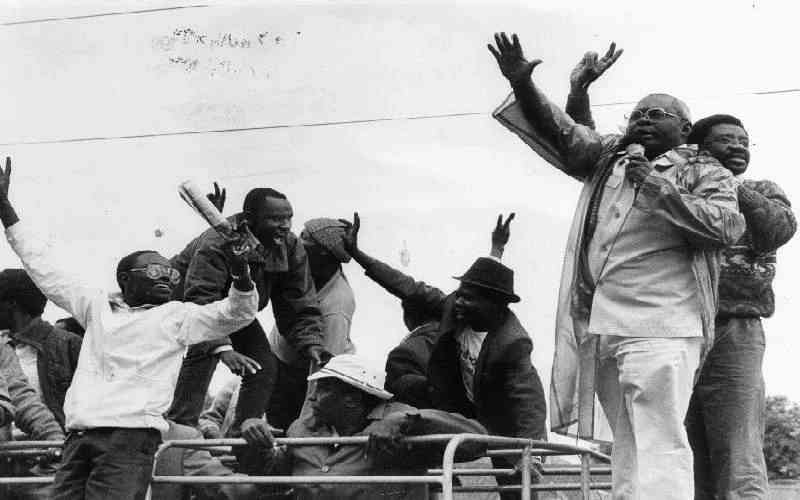

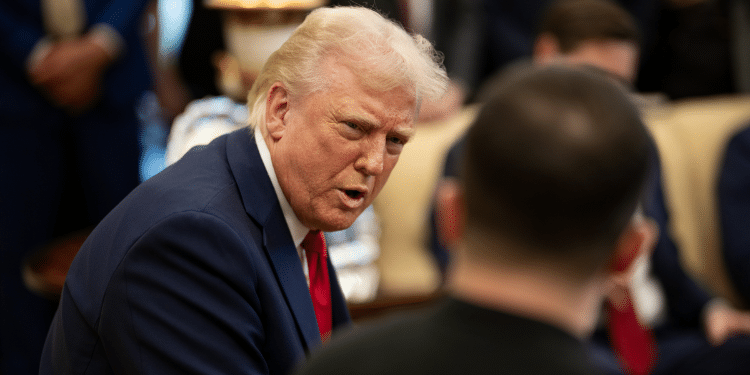
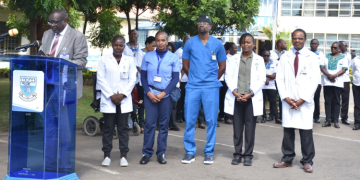
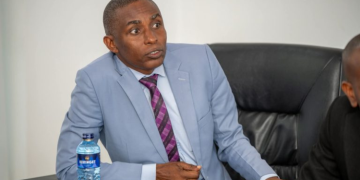
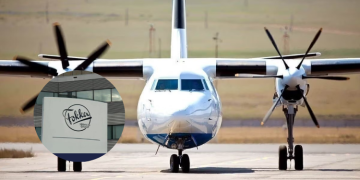
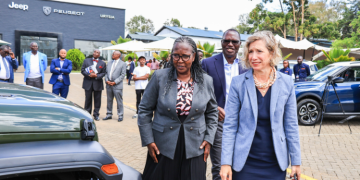
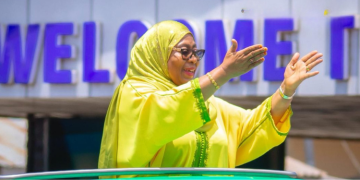
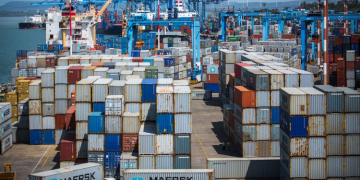
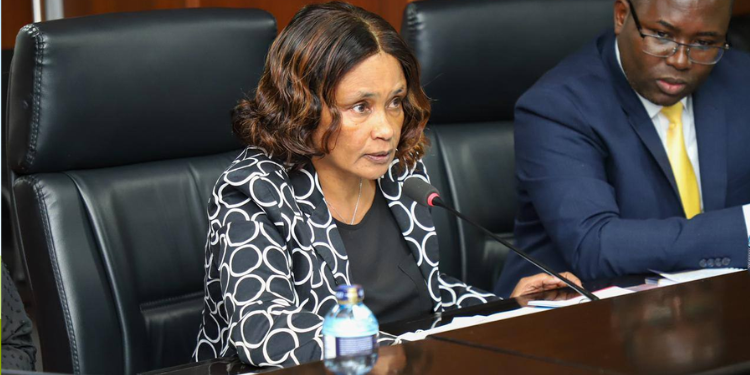
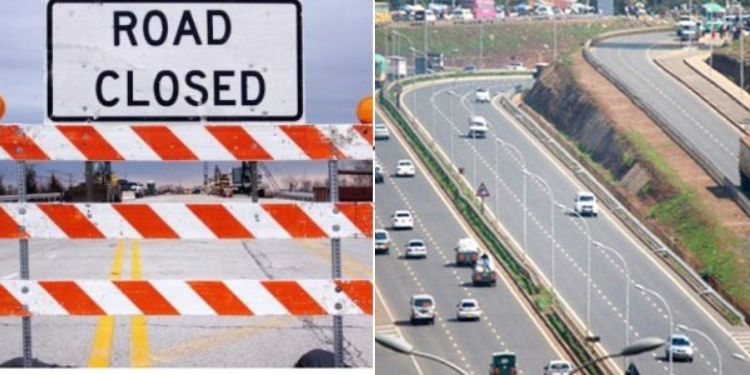
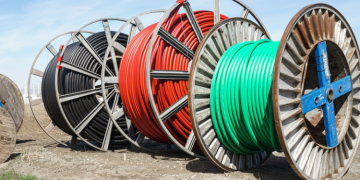
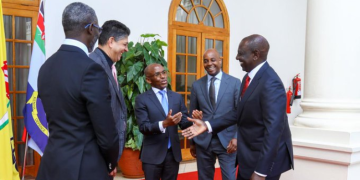
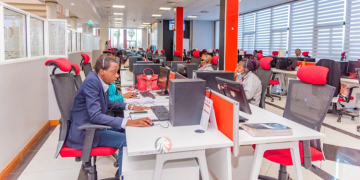
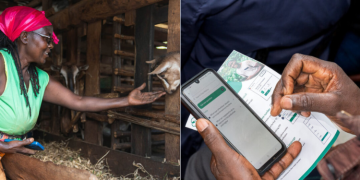
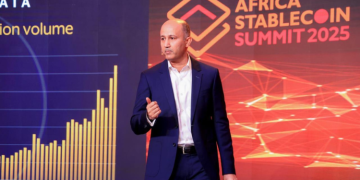
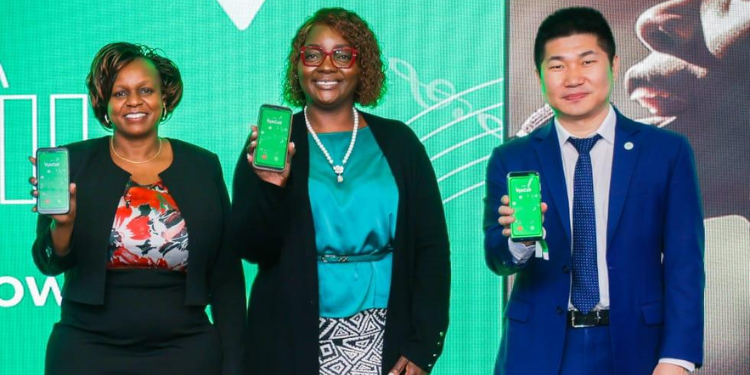
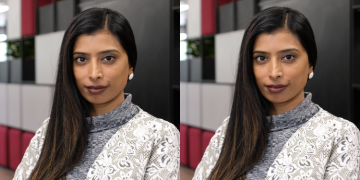

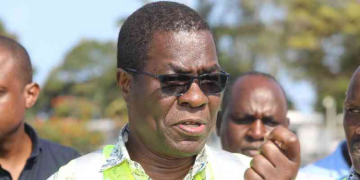

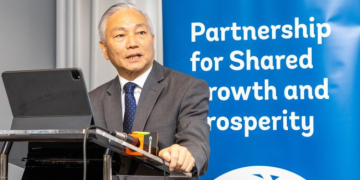
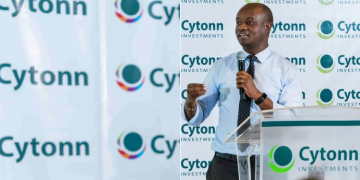
![Billions Each Top Kenyan Bank Has Made So Far In Profits This Year [List] Q3 2025 Results For Equity, Kcb, Co-Op, Absa And Other Banks]( https://thekenyatimescdn-ese7d3e7ghdnbfa9.z01.azurefd.net/prodimages/uploads/2025/11/C0-OP-KCB-Equity-Absa-360x180.png)
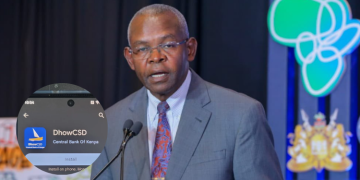
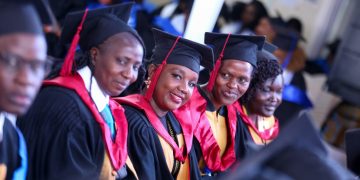
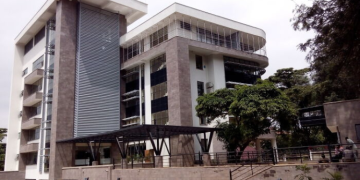
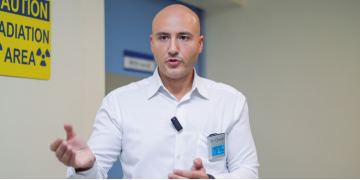
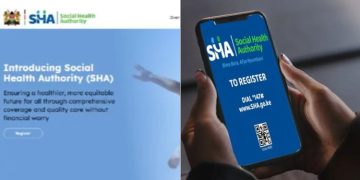
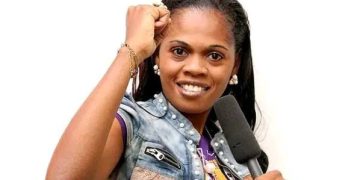
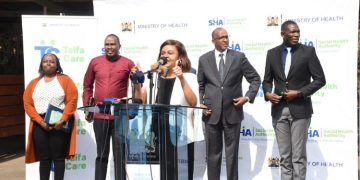
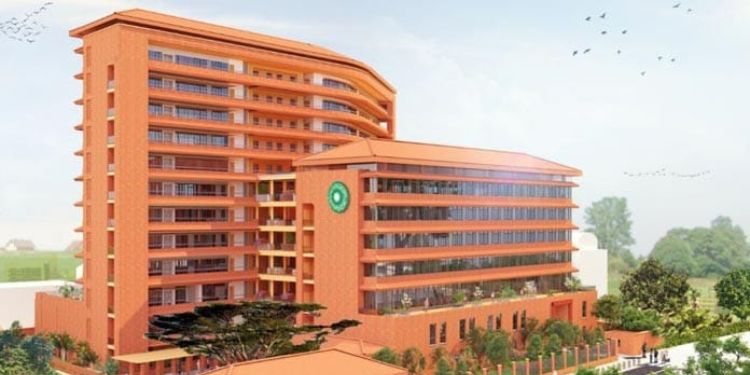
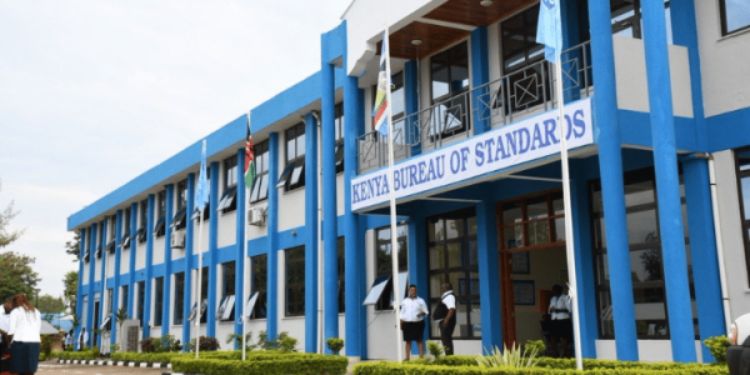
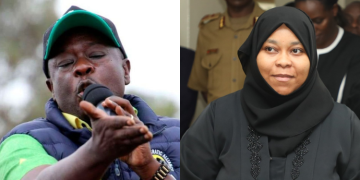
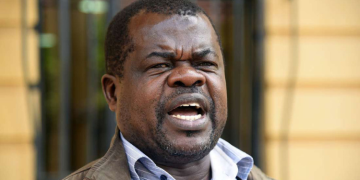
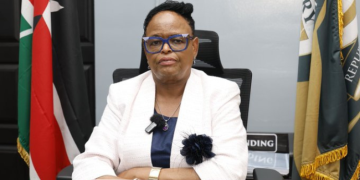
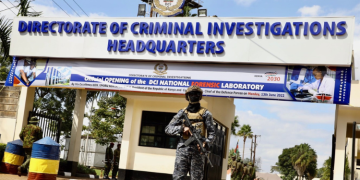
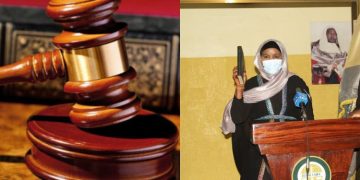


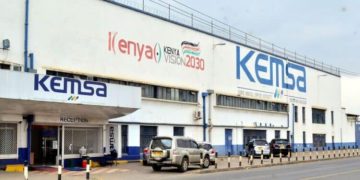
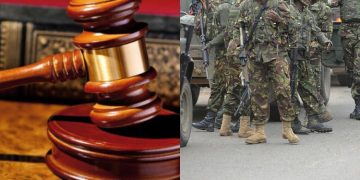
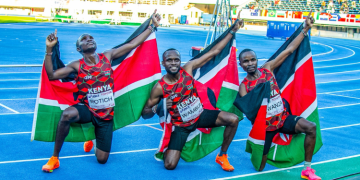

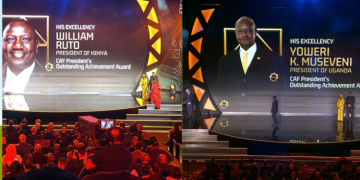
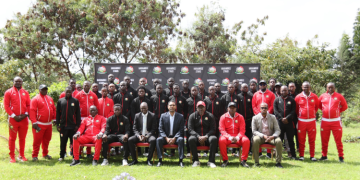
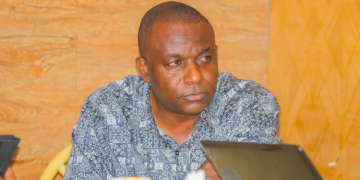
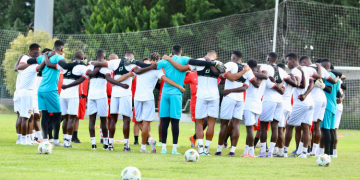
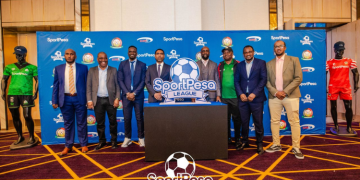
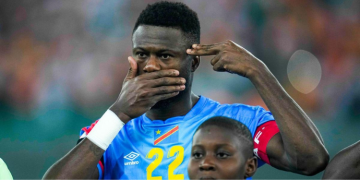
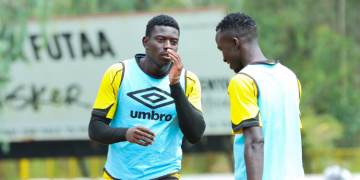
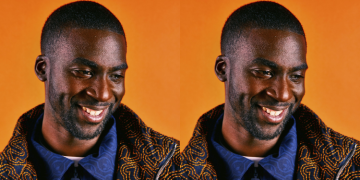
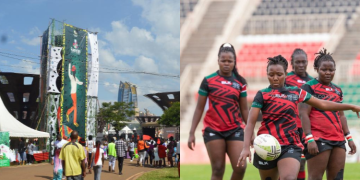
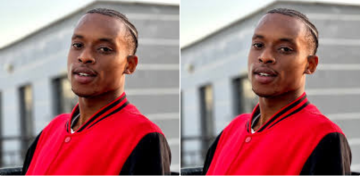
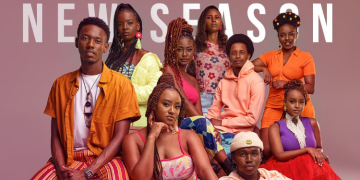
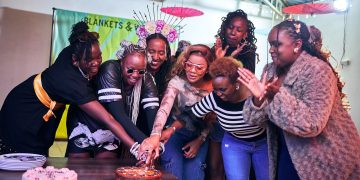
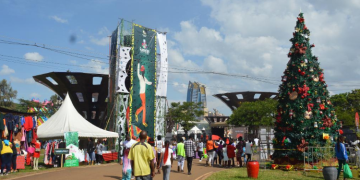
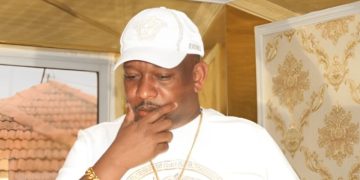
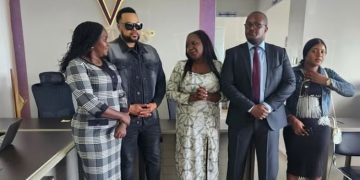
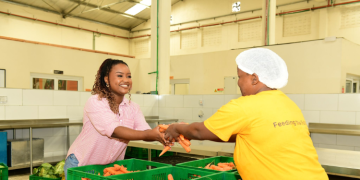
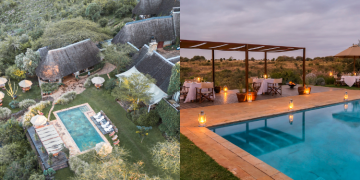
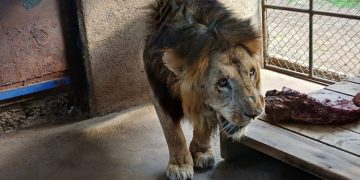
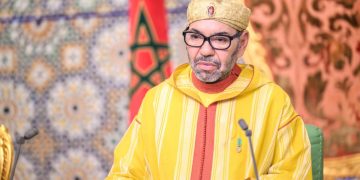
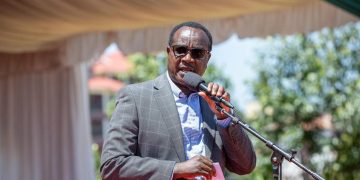
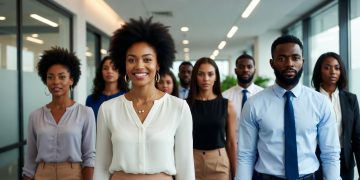
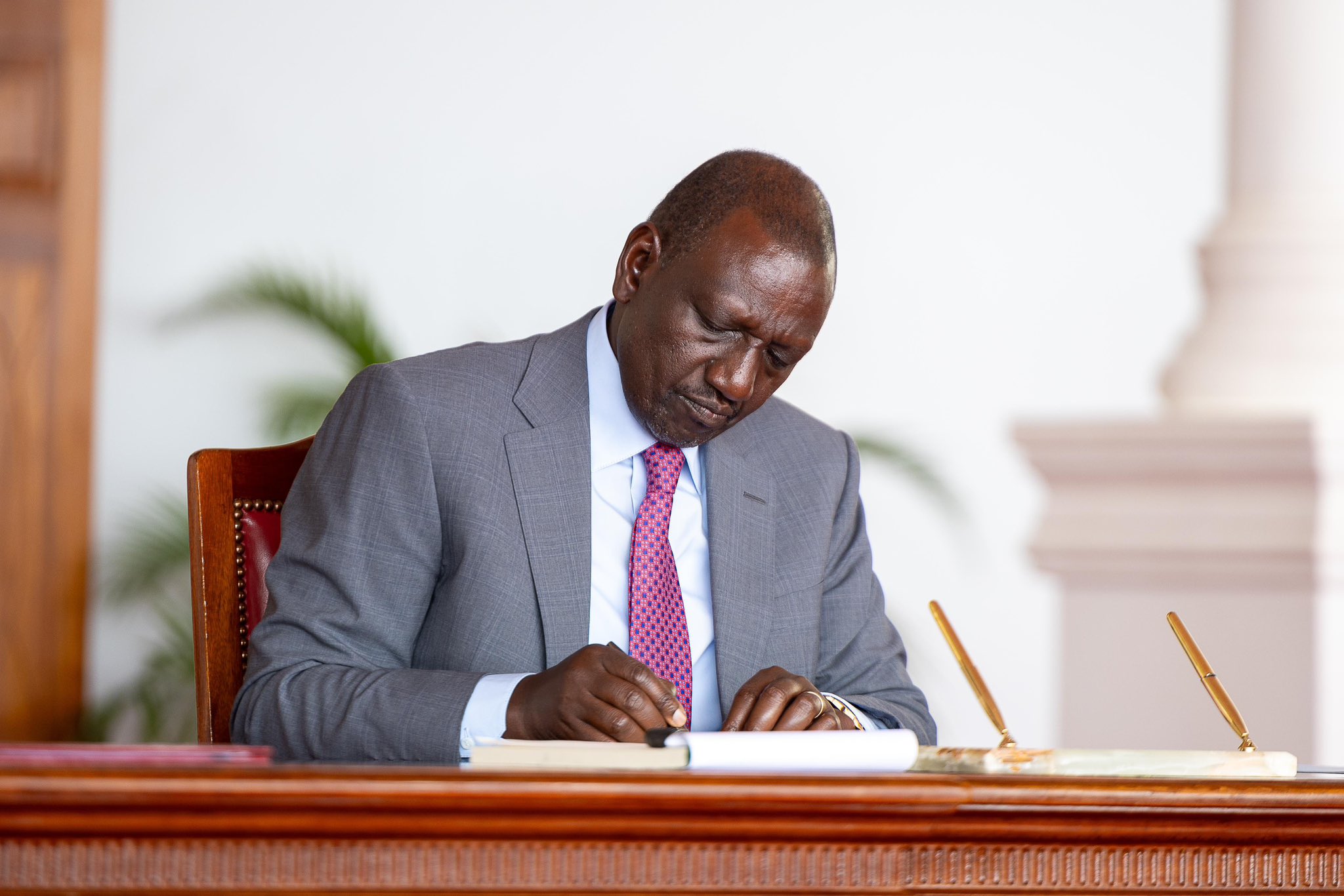
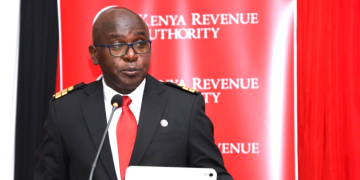
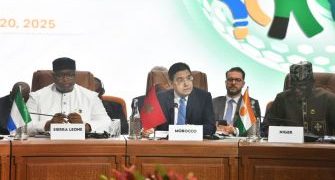
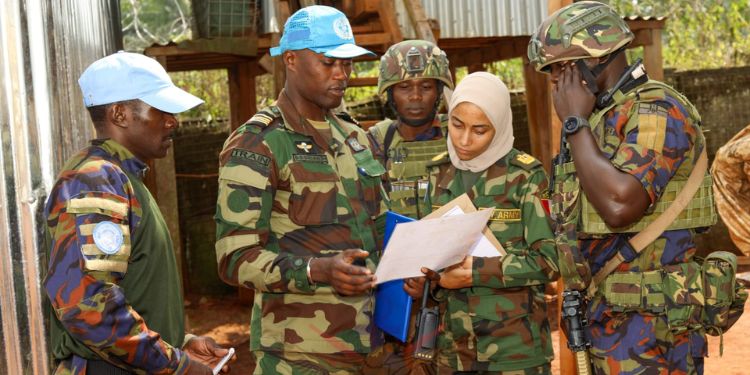
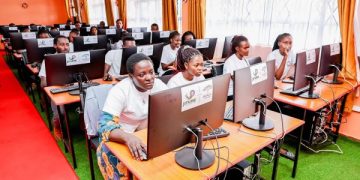

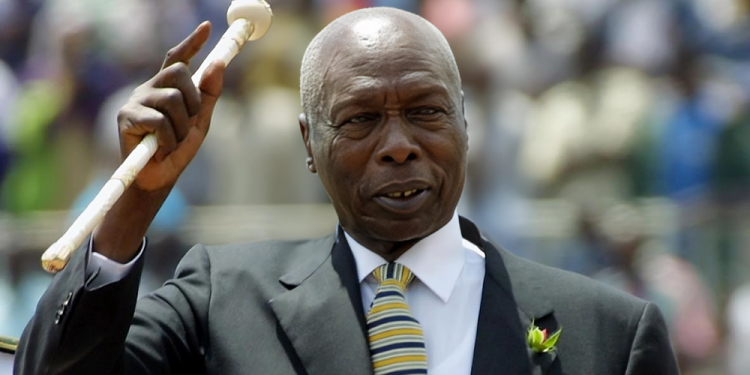




Excellent! This is a truly remarkable post. I feel like I’ve gained a much clearer understanding of the subject matter, thanks to your insightful explanations. Your writing is so effective.
Your blog is a constant source of inspiration for me. Your passion for your subject matter is palpable, and it’s clear that you pour your heart and soul into every post. Keep up the incredible work!
Your blog is a constant source of inspiration for me. Your passion for your subject matter shines through in every post, and it’s clear that you genuinely care about making a positive impact on your readers.